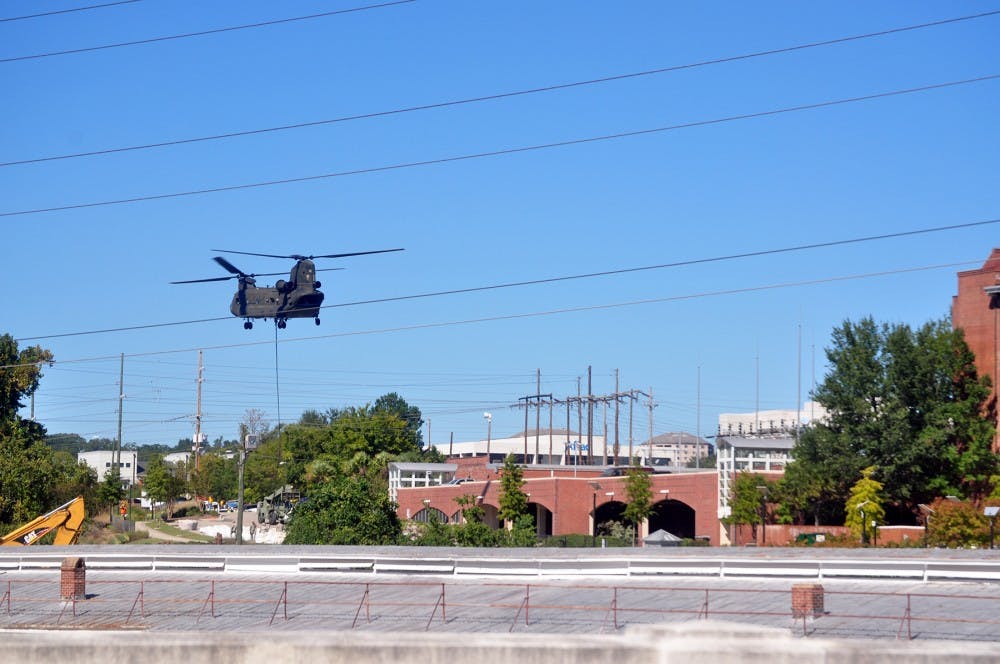I was 14 when the Station Fire broke out in the Angeles National Forest in August, 2009. I remember racing back from a San Diego vacation with my dad when we got a call from our neighbor saying that the firefighters were telling everyone to evacuate. I remember standing in my brothers' room thinking, "What is going to matter most to them?" and piling photo albums in plastic bins to put in the car. I watched the fire climb over the mountain and down upon the house that I had lived in for 10 years.
But what I remember most is the aftermath. We had an unexpectedly high amount of rainfall after the fire. With no trees or plants, there were no roots to hold the mountain together, and so it came down. I watched the parts of the community I grew up in get filled with mud, rocks and debris. The thing with mudslides and floods is that there is no warning. There can be anticipation, but there is no exact time that one can say it'll come and how fast it will come.
So in October of 2015, I watched the storm approach not really knowing what to expect. I thought about the flooding that happened in my hometown in 2009 and knew it was going to be different here.
The weekend the storm was coming in was the weekend the staff of The Daily Gamecock was going on a retreat. Then we got news that the area we were traveling to had flash flood warnings and editor-in-chief Ben Crawford made the executive decision that the retreat was going to be skipped.
And so the staff anticipated the storm. It all came so fast. I lived at The Lofts, and the road behind the parking lot is prone to flooding. At the corner of Main and Whaley the water rose and swept up cars, moving them to where it thought they should be parked.
For those who remember, that intersection was also the spot of one of the many daring rescues of a person who got stuck clinging to the stop sign while water swept around them. A human chain was formed and the stop sign was the only one not to make it.
And so round one of the flooding was intense. There was a lot of damage around the city. Photos started popping up on social media of houses being flooded and roads swept away. But that was only the calm before round two where the dams broke. Then more houses filled to the second floor with water and debris. Whole bridges collapsed. People were trapped, and rescues started.
The question became, how does the newspaper cover this? I was the photo editor at the time, and my priority was the safety of my photographers. For many of them, this was the first time they had witnessed a natural disaster of this scale. So I put in place the rule that if a road was washed out while taking photos, turn around. If you're standing in flood water that starts to go above your ankles, leave.
But we did it. We saw the tragedy. We covered it. But we also covered the helping hands and the recovery. #SCStrong became a trending topic, and it was true.
We must not forget what happened last year. People are still recovering. There are some businesses that still remain closed because of the damage. Houses of families remain under construction one year later. Many still feel the after effects of the water damage.
Through it all, the staff came together. The community came together. Thank you to all who were on staff and put yourselves out there to cover this event. Thank you to all who stepped in to help save and rescue during the worst moments. Thank you to all who extended a hand to help South Carolina get back up.

